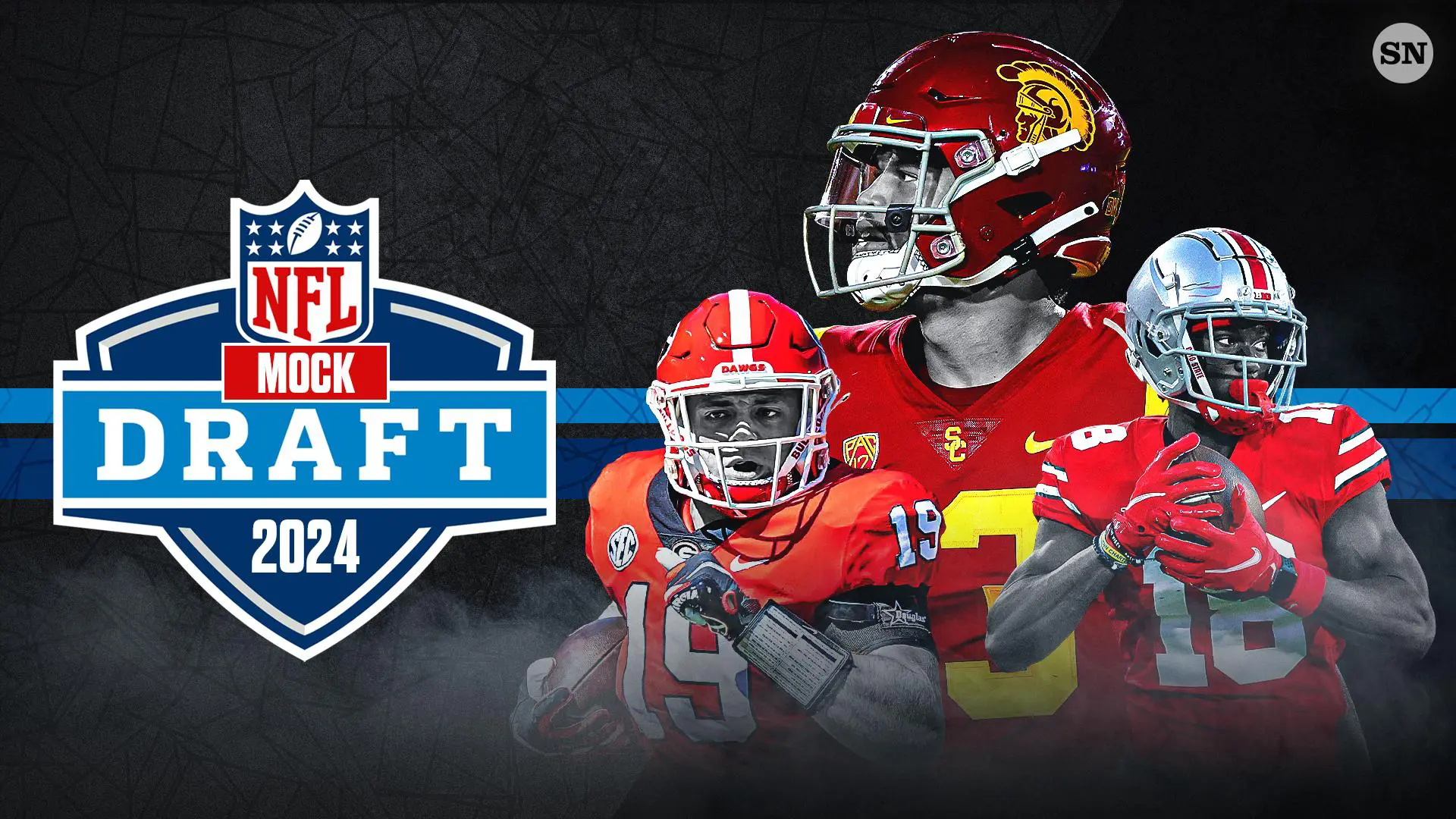2023 Employee Satisfaction Survey: Excerpt
Note to Reader: This is an excerpt minus visual graphics (pie charts and graphs) of our 2023 Employee Satisfaction Report for the WDC Regional insurance industry. The full version will be published and released in it’s entirety on Tuesday, September 5th via direct email, our website, and on LinkedIn.

The report is based on over 1,327 candidate interviews completed by our office over the past 12 months with insurance professionals working in both the Property & Casualty and Employee Benefits side of the business.
During the year, we ask every candidate we interview what motivates them in their current positions and what would the perfect new opportunity have to look like to get them to make a move to a new firm. With this report, you now have the benefit of knowing their answers so that you can better acquire, develop, and retain your own top talent.
Let’s get started.
Methodology: We found that what motivates Gen Z and Young Millennials is much different than what motivates Older Millennials, Gen X, and the Baby Boomers. For purposes of this study, we simply drew the line at age 35 for purposes of highlighting these differences.
35 & Under Segment
As we try to replenish the ranks of insurance professionals as the Baby Boomers retire, it is even more important to understand what does matter to the younger generation coming up through the ranks. Recruiting Gen Z talent is very challenging if you don’t understand what makes them tick.
Recent studies have shown that half of the Gen Z workforce hope to leave their current job within six months and 76% of them are actively seeking to learn and practice new skills or expertise.
Human Centered Work Culture (25%): As you can see, working in a Human-Centered Work Culture is the most important motivator to a Gen Z employee. Breaking this down further, the following specific things were mentioned as being part of a human-centered work culture:
- Mission & Purpose: This must be encapsulated in one sentence. And all the managers and leaders should be able to recite it back to anyone at any time. Do you know yours? Leaders must believe it and extremely own it too. Actions speak louder than actions.
- Positive relationships with Co-Workers: Part of a great work culture is everyone getting along and working together on a collaborative basis. This is even more challenging in a remote or hybrid work environment.
- Autonomy & Flexibility: Providing staff with the opportunity to work at home or on a hybrid basis is a huge motivator for a young person, particularly, for those who are single-moms and have to be available for emergencies during the day for their children. Surprisingly, recent studies show that remote workers work more on average in a 40-hour week than those in the office five days per week. It’s a fact.
- Mental Health & Emotional Support: Unfortunately, this is a growing trend in our society amongst our young people, in general. Many of our young people suffer from depression and anxiety in increasing numbers. Any sort of work place support is highly appreciated and valued. Even to those who don’t need this support, they appreciate it because It demonstrates that the organization has a soul and cares about its employees.
Coming in second at 21% each was Engaging Work and Communications & Feedback.
- Engaging Work: This group is motivated to work in an industry and job that they can find engaging – absorbing. They are seeking passion, intellectual, and emotional satisfaction rather than external factors such as promotions, rewards, and recognition. It is true as well that Gen Z workers are more introverted than their older counterparts and tend to become more absorbed in their work.
Does this mean younger workers don’t care about other people? No, they value the positive connections they make at work like anyone else does
- Communications & Feedback: It is also very important to young workers that the organization communicate consistently up and down the chain of command it’s purpose and mission. Young workers also yearn for timely feedback on their work performance. Performance reviews are not the only time to provide feedback. Younger workers yearn for that pat on the back for a job well done. And they want to know how to get better.
Professional growth follows at 17%. This includes:
- Clear expectations and room for promotion: Many smaller insurance agencies fall short in this regard. They simply don’t have the hierarchy, size and scale to develop various divisions of labor so that individuals can develop and expertise in a particular area or functional area of the company. I see a lot of producers doing account support and vice versa. Folks eventually grow frustrated with this vicious circle and move on to larger firms.
- A true meritocracy: In many cases, the smaller family-owned firms tend to promote family members to the executive and ownership ranks of their firms over those non-related workers who have worked there longer with more experience.
Young talented people without any family connection to a firm will depart very soon if they realize that promotions are not based on the merits of the workers.
- Incentives and recognition for professional certifications: It amazes me how many young workers spend their own time and money getting an insurance designation such as a CISR, CIC, or CEBS and not get a small bonus or even reimbursed. That has to be disheartening.
Team Success (9%): Team success is an important factor but not nearly as important as the ones mentioned above. Young talent is more focused on developing their professional toolbox and spot on the organizational food chain before they worry about “the team.” Just a reality.
Financial Rewards (7%): I was actually shocked at this number being so low at 7%. Sure, folks want to be compensated, but they are usually okay as long as the compensation is in line with the market. Trust me on this, the young folks do their research to understand what the market is paying.
Additionally, most top-talent is given a counter-offer when they resign, and it is the non-financial motivations that have to be present for them to make a move to a new firm. As you probably know, we publish a Salary Report for Insurance professionals for the WDC market twice per year and that is a good indicator of where everyone should be on the pay scale.
The Over 35 Segment
Team success (28%): Team success is valued the highest by the Over 35 worker as they tend to be more engaged in the office and not working remotely compared with the younger workers.
They know that to get things done as a team you have to be in the office. The facts are that older workers tend to be more extroverted and not as depressed or stressed as their younger counterparts. It is just how our society is developing and a sign of the times. Younger workers are also more inwardly focused as they are busily developing their skill sets and expertise in order to professionally grow and find their own way in a new organization.
Financial Rewards (24%): Older workers have more things to spend money on such as families and housing, etc. They also may be supporting elders or children (or grandchildren) too. This costs a lot of money. These candidates use compensation as a critical measuring stick against their peers. Once someone reaches a certain level in an organization, things like professional development, mentoring, and a work culture start to take a backseat to making the big bucks and climbing the corporate ladder. At some point, it becomes more about performing than about learning.
Engaging Work (14%): This is not as important as for a Gen Z worker, but still relatively important. We are all human beings in need of a purpose and a good reason for getting out of bed and going to work in the morning. Everyone needs purposeful engagement.
Professional Growth (13%): Still relatively important, although many candidates in this “older” category have already risen to a certain level in their organizations, compensation becomes the measuring stick more so than professional growth.
Work Culture (8%): Culture is mentioned less and less and the worker gets older. Many are seeking position, money, and status as they get 15+ years of experience under their belts.
Communications & Feedback (7%): Many in this group are doing the communicating to the younger staff members as direct reports so this is not as important as with their younger counterparts.
Other: (6%)
What did not make the list?
- Incentives, Bonuses, etc.
- Customer Impact
- Technology
- Company longevity & security
- Company brand name recognition – surprised at this. Think of all the money spent on brand awareness and recognition.
- Community involvement
Conclusion: After compiling all the data into a visual graphic, I was struck by the differences in attitudes and motivations between the two groups.
Our workplace is becoming more polarized every day as is our society. Organizations can’t satisfy everyone, but we did find that these two groups started to really separate themselves at approximately 35 years old. The more you look at the data at the ends of the spectrum, the more extreme it becomes.
The challenge for executive leadership in this brave new world we find ourselves in now will be to recognize these differences and create a human capital structure that addresses the needs of both of these two groups simultaneously. Talent is the ultimate arbiter so the leaders who can most efficiently and effectively pull this off will be the ones who are able to acquire, develop, and retain their top talent necessary to gain the competitive advantage over the competition.
They will be the winners in the War on Talent.



